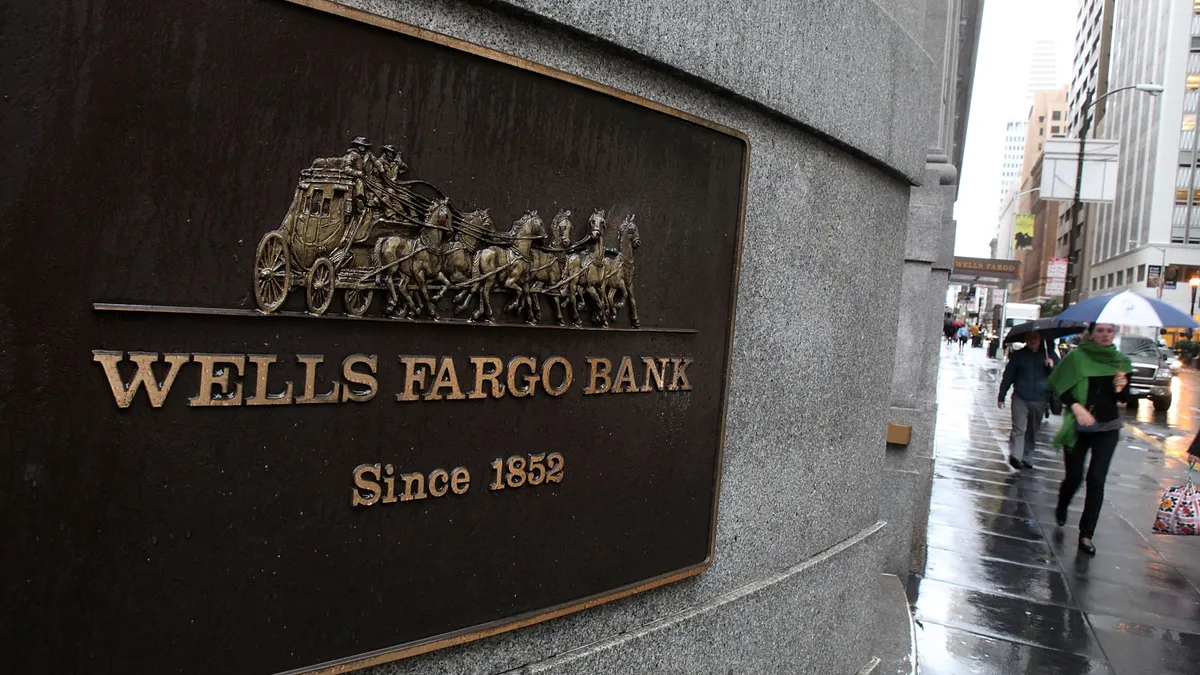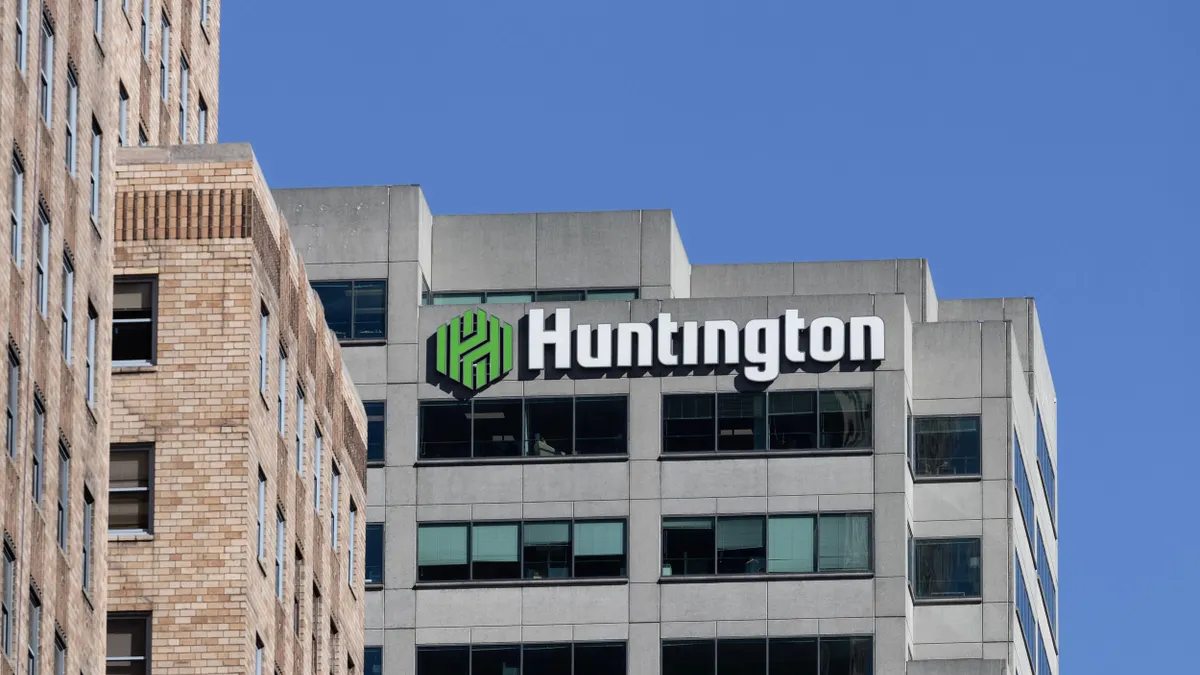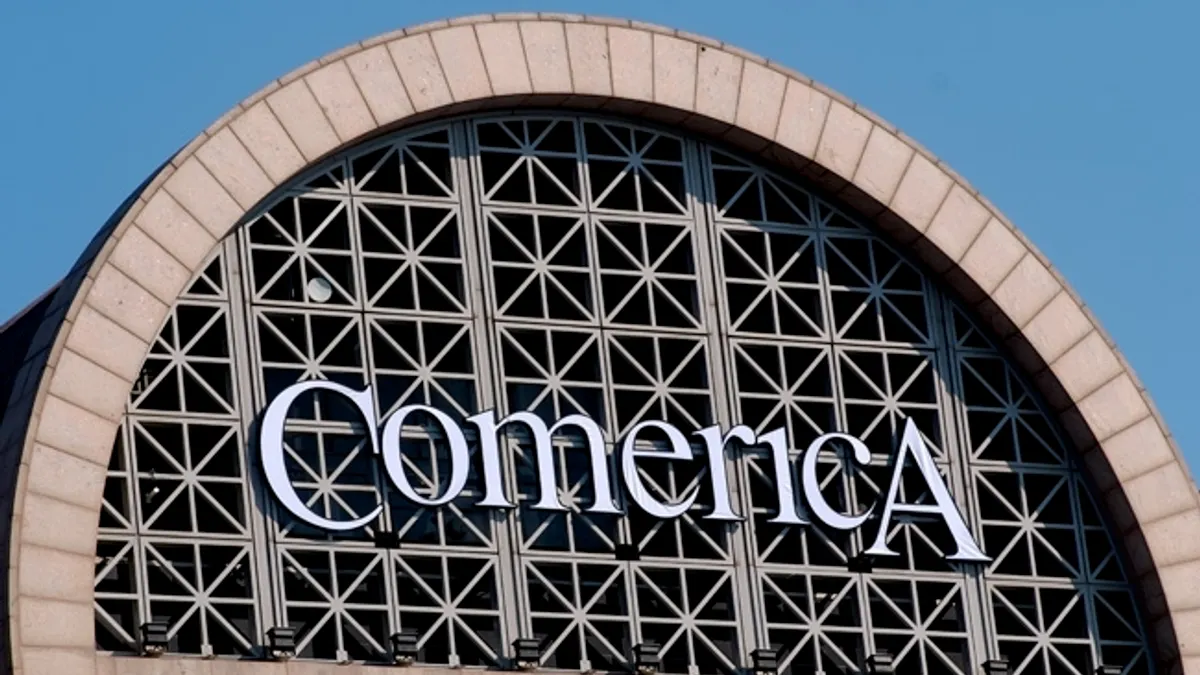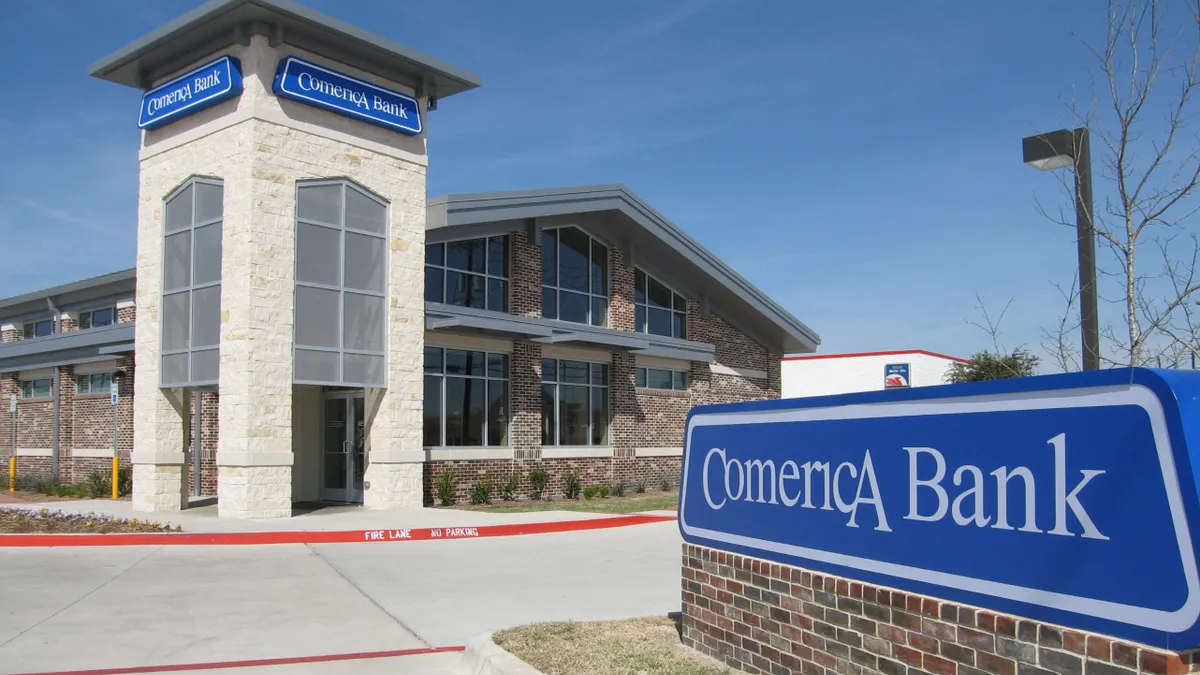Amid intense competition, Wells Fargo’s commercial banking division is doubling down on its products and hiring this year to grow that segment of the lender’s business.
“We’re making investments to capitalize and continue to not only serve our current client base … but also prospects in winning new business,” said Mary Katherine DuBose, head of specialized industries at Wells Fargo commercial lending, during a recent interview.
The lender’s commercial banking segment covers middle-market and emerging middle-market companies generating $25 million to $2 billion in annual revenue. In particular, the bank is expanding its team serving clients on the lower end of that scale.
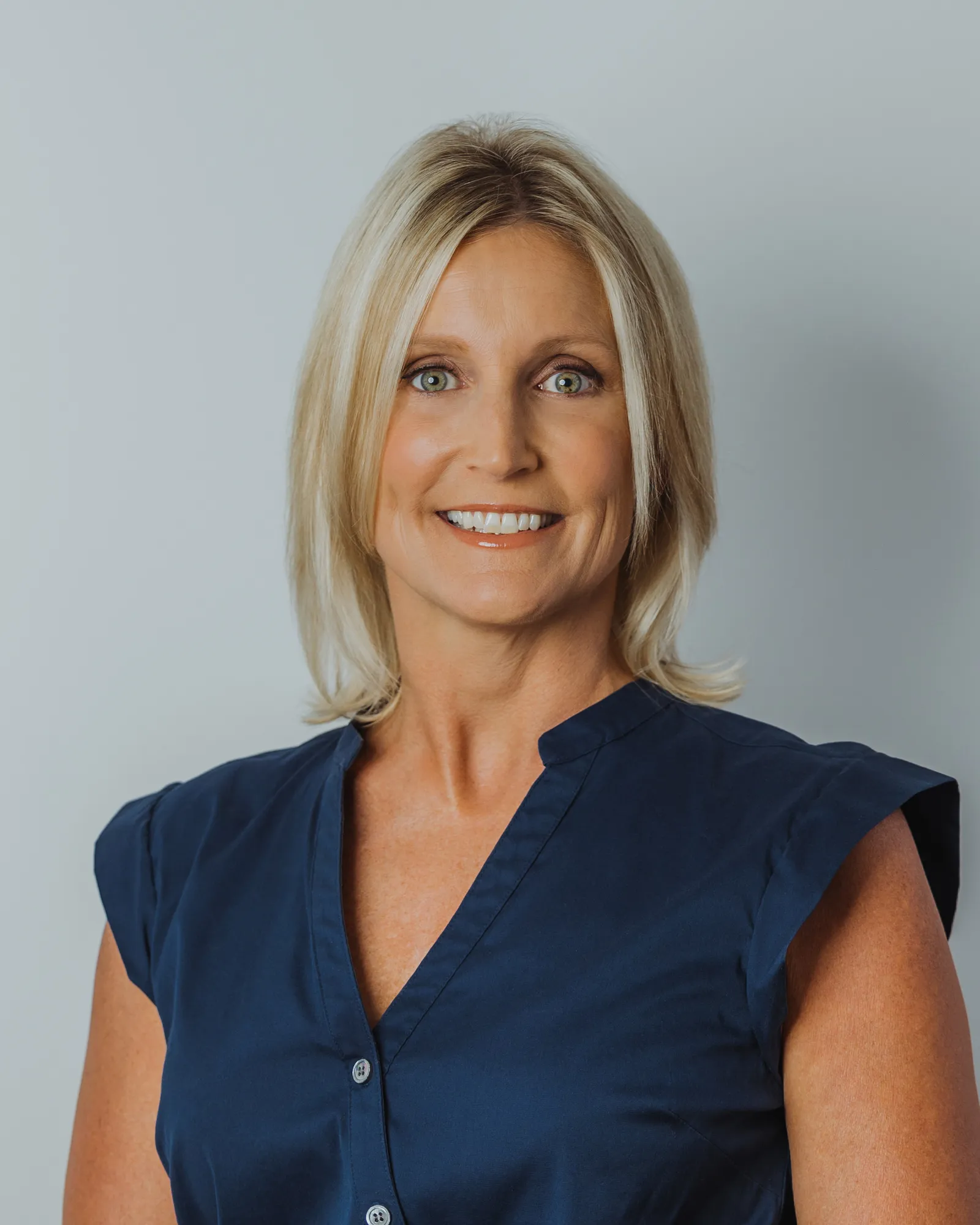
During the San Francisco-based bank’s fourth-quarter earnings call, CEO Charlie Scharf said Wells has added relationship managers and business development officers in underpenetrated markets to fuel client acquisition and revenue growth. In the fourth quarter, total revenue for the bank’s commercial segment dropped 6% year over year, and 5% from the prior quarter, to $3.17 billion.
Scharf didn’t specify a number of those hired – and DuBose declined to – but he said the bank plans to boost headcount even more this year.
Markets or industries where the bank isn’t as well-penetrated, or doesn’t have a No. 1 or 2 market share position, are getting particular attention, DuBose said.
She declined to specify which markets or industries that would include, or quantify investments made, but said it’s “the same industry groups that you see the greatest amount of activity” from an equity capital markets perspective.
The bank expects to spend about $54.2 billion this year, allocating about $900 million toward incremental technology expenses and $900 million toward other investments including targeted hiring, according to fourth-quarter earnings materials.
Especially high priority for Wells: snagging investment banking business with commercial banking clients, DuBose said. That means her area of the bank is staying connected with investment banking partners, developing payments and liquidity products within treasury management, and making sure a full suite of debt products is available to support clients, DuBose said. The bank has also sought to “be in the conversation” to support clients’ M&A activity.
Still, Wells isn’t alone, DuBose noted. “The price to enter new client relationships is the same for everyone. It’s multiproduct, generally – wanting to do more with the client. And so, for that reason, it is competitive. And so our goal will be to continue to put the best people and the best products in front of our clients.”
She pointed to the bank’s partnership with Centerbridge Partners, to offer direct lending to middle market clients, as an example of investment in products, referring to it as another tool in the toolkit, to make sure Wells is able to offer clients as many options as possible.
The lender covers clients by geographic location with a more generalist coverage model, or with specialized teams in certain sectors, such as government, healthcare, agribusiness, beverage distribution, commercial auto, gaming and technology, DuBose said.
Commercial clients might be looking to finance equipment purchases or business expansion, whether that’s through an additional customer contract or an acquisition; or clients could be looking to make an investment in their business, such as a car dealership buying or rehabbing another location, she said.
Noting some clients have had an acquisition in their business plan and held off, DuBose indicated the bank expects a rise in merger and acquisition activity. Pipelines feel strong, “but they have to close,” DuBose acknowledged.
A bank survey released this month revealed commercial business sentiment spiked following the November election. President Donald Trump’s win signaled an era of less regulation and more business-friendly attitudes, expected to fuel more M&A activity. But Trump’s second presidency has also come with concerns around tariffs, and inflation has remained stubborn.
“Even in each of our industry types, we’ll have different reactions” to those developments, DuBose said. “In some cases, there's an increased cost of doing business. In some cases, there continues to be some compression in the workforce or challenges in retaining employees. I do think for some companies, stabilization of that will be important, before either returning to a lot of drawdown on debt lines, or utilization of capital to make acquisitions or whatnot.”
The macroeconomic environment, on a day-to-day basis, doesn’t really affect the bank’s support of its client base, but Wells does keep an eye on interest rate movement and geopolitical developments, she noted.
“In the middle market, these are long-term relationships, so hopefully stability of support is important,” she said. Rather than “these all being transactions, they are relationships.”


